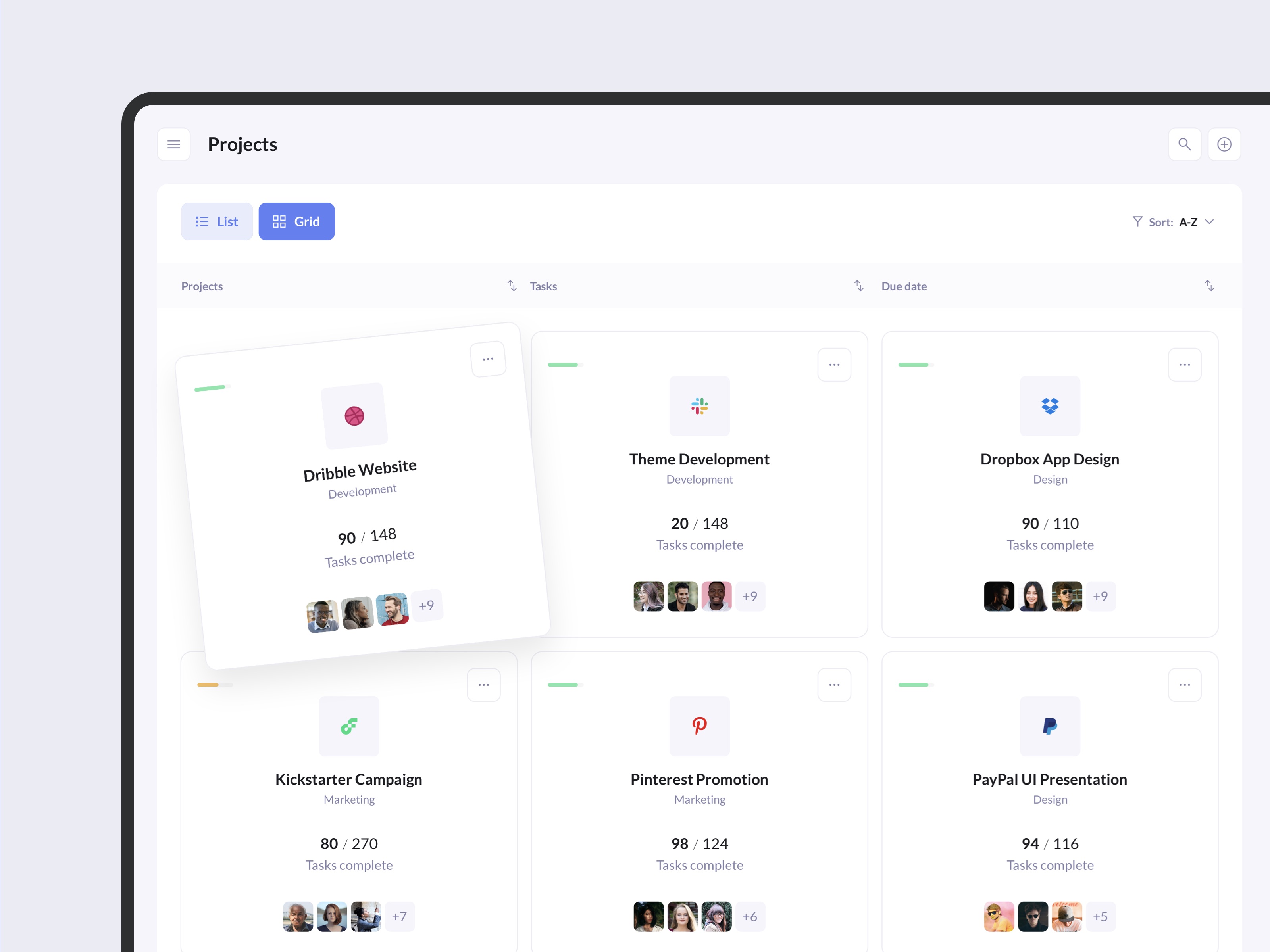
The data-driven design employs a range of tools—including user surveys, A/B testing, site usage analysis, consumer research, support logs, and discovery calls—to gather both quantitative and qualitative information. This data informs design decisions, ensuring products are tailored to meet user goals, preferences, and behaviors. By aligning design with user needs, products become significantly more engaging and achieve greater success.

Why is data-driven design important?
True data-driven design integrates both quantitative and qualitative insights to understand user motivations. Consider a website conversion rate decline. While initial assumptions might point to design or advertising, a thorough investigation could reveal an operating system update causing user confusion. Qualitative data highlights their frustration, and quantitative data pinpoints a specific button causing the issue. By combining these insights, you can accurately identify and resolve the underlying problem.
It's a reality that even the best designers can't perfectly predict user needs; we're rarely the target audience. To create successful products, we must move beyond assumptions. Gathering and utilizing data provides the insights needed to understand user motivations, allowing us to build products that truly resonate with their needs and desires.

Moving beyond design best practices
Iterative design is a practical approach to data-driven design. After each design iteration, feedback is gathered from clients, users, or potential users. This feedback then fuels further refinements, creating a continuous cycle of improvement until a robust, data-driven solution is achieved.
Early adoption of this iterative methodology allows for maximum product customization based on user needs. Collaborative tools like Sketch and Figma apps enable teams to create and iterate on low-fidelity prototypes early, fostering a collaborative environment where user feedback directly shapes the evolving product design, preventing future costly mistakes.

Tools that help with data-driven design
The data collection toolkit is vast, offering both highly customizable and readily available solutions. Align your tool selection with your budget and specific requirements. Begin with a focused, easily digestible data set, and strategically add data points as your understanding evolves.
- User testing
- Screen recording
- Heat maps
- A/B testing
- User reporting
- Recommendations, personalization
The iterative nature of data-driven design, involving testing and consistent user feedback, leads to continuous product enhancement. By placing your product in the hands of users early, you can mitigate the risk of expensive last-minute design alterations. Therefore, a critical question remains: what is the most efficient methodology for executing this essential stage?
Empower your team with Figma or Sketch UI kits to share prototypes and gather crucial feedback from both internal and external stakeholders. From low-fidelity sketches to high-fidelity UI design screens, this user feedback facilitates the fine-tuning, correction, and successful launch of data-driven products.




